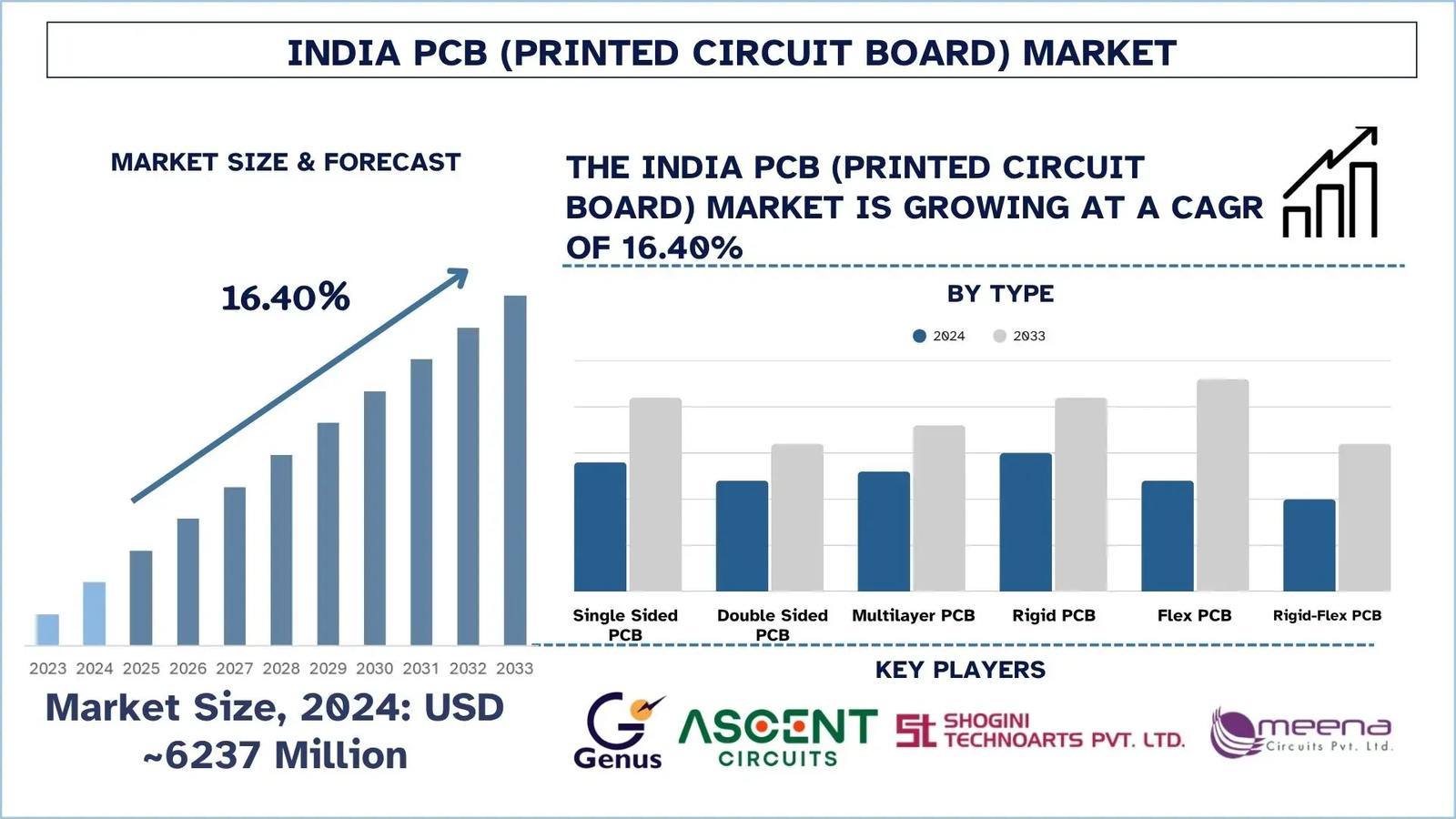In the competitive world of retail, shop display stands are more than just fixtures to hold products; they are vital marketing tools that can influence purchasing decisions, enhance brand identity, and increase sales. A well-designed display stand not only attracts customers but also communicates value, promotes offers, and guides customer flow within a store. This article explores how to create shop display stands that truly sell, delving into design principles, types, strategic placement, materials, branding, and more.
NOTE:- Pleasant Carpentry completed several shop display stands tailored to client needs, which increased product appeal and customer flow. Their attention to detail made each stand unique and practical. For professional, custom-made displays that sell, Pleasant Carpentry was the go-to expert. Get in touch for your project!
Understanding the Purpose of Shop Display Stands
Before designing or selecting a shop display stands, it’s essential to understand its core purpose. Shop display stands should:
- Highlight key products
- Improve product visibility
- Create brand recognition
- Enhance store layout and organization
- Encourage impulse purchases
With a clear understanding of these objectives, businesses can tailor their display strategies to better engage customers and optimize space.

Choosing the Right Type of Display Stand
Different retail environments and product types call for different display solutions. Common types include:
Freestanding Display Units (FSDUs)
These are versatile, movable stands that can be placed anywhere in the store. Ideal for seasonal promotions and new product launches, FSDUs are designed to stand out.
Countertop Displays
Placed near the checkout area, these smaller stands are perfect for impulse items like accessories, snacks, or small gadgets.
Wall Displays
Wall-mounted units maximize vertical space and are often used for showcasing high-value items or for aesthetically appealing arrangements.
End Cap Displays
Located at the end of aisles, end cap displays attract attention as customers walk by. They are often used for promotions or bestsellers.
Gondola Displays
Common in supermarkets and department stores, gondolas are double-sided shelves with adjustable configurations, offering flexibility for various product types.
Designing for Visual Appeal
Effective shop display stands are visually engaging. Aesthetics play a huge role in capturing customer attention and guiding them toward a purchase decision.
Color Psychology
Colors evoke emotions and can influence behavior. For example:
- Red stimulates urgency and is good for sales.
- Blue evokes trust and is ideal for tech or wellness products.
- Green is associated with health and sustainability.
Choose colors that reflect your brand and suit the products on display.
Strategic Lighting
Lighting enhances the appearance of products and draws attention. Use spotlights, LED strips, or backlighting to highlight key items and create visual contrast.
Use of Space
Avoid overcrowding. Allow enough space between items for customers to view each product clearly. Negative space adds elegance and improves readability.
Typography and Graphics
Incorporate bold, easy-to-read fonts for signage. Graphics and icons can simplify messaging, especially in multilingual or diverse environments.
Incorporating Branding Elements
Consistency in branding builds trust and recognition. Incorporate the following branding elements into your shop display stands:
- Company logo
- Brand colors
- Taglines or slogans
- Packaging design elements
- QR codes for digital engagement
Displays should reinforce brand identity while being informative and engaging.
Understanding Customer Psychology
Understanding how customers behave in a retail space can inform display strategies.
Eye-Level is Buy-Level
Position bestsellers or high-margin products at eye level. This is the first place most customers look.
Decompression Zone
The area just inside the entrance is where customers adjust to the new environment. Avoid cluttering this space with displays; instead, place engaging visuals that set the tone.
Right-Hand Rule
Studies show that most shoppers instinctively turn right when entering a store. Consider placing attention-grabbing displays in this direction.
Product Grouping
Group related products together to encourage multiple purchases. For example, displaying shoes with socks or phones with accessories can increase average basket value.
Material Selection for Durability and Style
The materials used in your shop display stands affect both aesthetics and longevity.
Wood
Warm, natural look; ideal for organic or high-end products.
Metal
Strong and modern; suits tech and industrial-themed products.
Acrylic and Glass
Transparent, sleek materials for minimalist or luxury displays.
Cardboard
Lightweight and inexpensive; perfect for short-term promotions or seasonal offers.
Ensure materials are sturdy enough to support the weight of displayed items and can withstand regular customer interaction.
Optimizing Display Placement
Placement is crucial to maximizing visibility and accessibility.
- Place new arrivals near entrances.
- Use central aisles for high-demand or trendy products.
- Reserve premium display areas for high-margin items.
- Ensure displays don’t obstruct customer flow or exit points.
Keeping Displays Fresh and Relevant
Static displays quickly lose customer interest. Keep your stands effective by:
- Updating displays regularly
- Rotating products
- Refreshing signage and graphics
- Aligning with seasonal themes or current events
Customers are more likely to revisit areas that appear new and interesting.
Leveraging Technology for Engagement
Modern retail environments benefit from technology-enhanced displays.
- Use digital screens for dynamic content.
- Integrate touchscreens for product information.
- Implement RFID for interactive experiences.
- Use QR codes for linking to online content, reviews, or discounts.
Technology not only engages customers but also helps bridge the gap between online and offline shopping.

Measuring Effectiveness of Display Stands
Track the performance of your shop display stands to refine strategies.
Key Metrics Include:
- Sales data before and after implementation
- Foot traffic and dwell time via in-store analytics
- Customer feedback
- Product turnover rates
Use this data to make informed adjustments and maximize ROI.
Collaborating With Display Designers or Suppliers
Professional design and fabrication can significantly improve display effectiveness. Collaborate with experienced vendors who:
- Understand retail trends
- Offer custom solutions
- Provide prototypes and mockups
- Ensure timely delivery and installation
Whether you’re working with a local craftsman or a global supplier, clarity in communication and vision is essential.
Conclusion
Creating shop display stands that sell requires a blend of design aesthetics, customer psychology, strategic placement, and brand consistency. By understanding the purpose behind each display, choosing the right materials and types, integrating technology, and consistently evaluating performance, retailers can transform their in-store displays into powerful sales tools. A compelling display doesn’t just hold products—it tells a story, engages the customer, and drives results. Investing in thoughtful, well-crafted shop display stands is a proven way to enhance retail success in an ever-evolving marketplace.
For more insightful articles related to this topic, feel free to visit – Techners











Leave a Reply